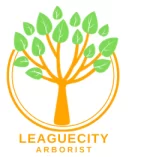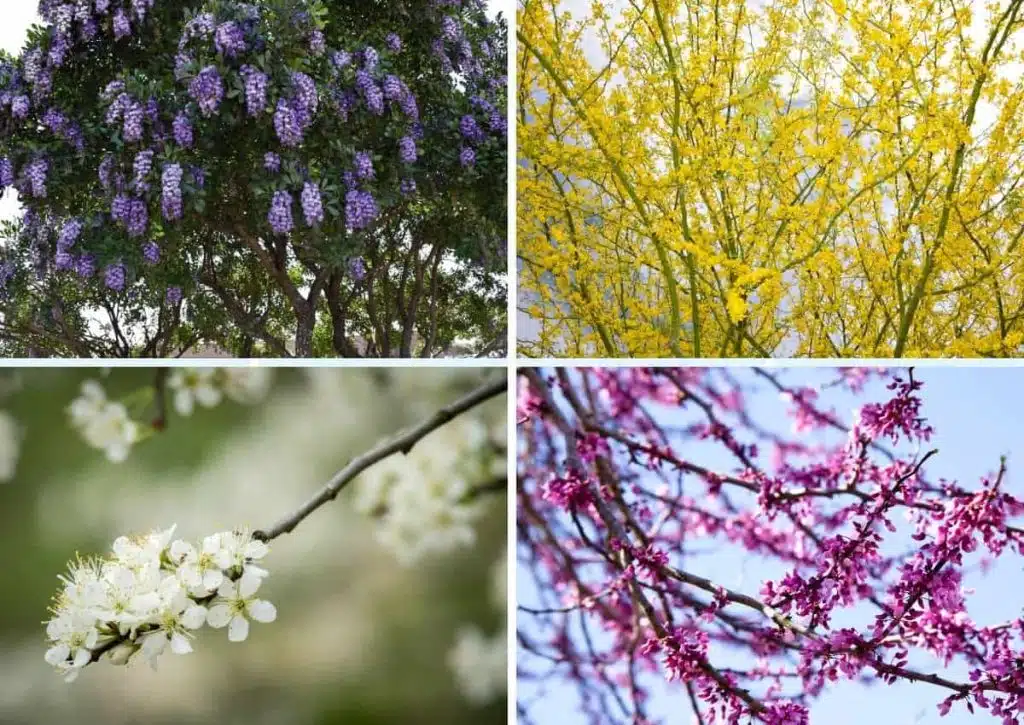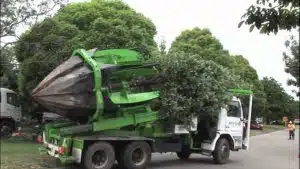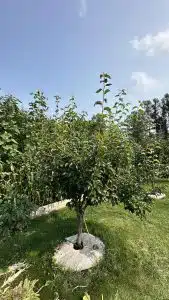Nestled in the heart of East Texas is a green landscape overflowing with tree species, all of which contribute to the region’s rich biodiversity and cultural legacy. Understanding the broad range of trees that survive in this location is critical for effective management and preservation efforts, as League City arborists have discovered. From the towering pines of the Piney Woods to the stately oaks that line the countryside, East Texas is a tapestry of arboreal beauties waiting to be discovered. In this guide, we’ll look at the most prevalent trees in East Texas, including their unique qualities, ecological value, and practical care and maintenance tips. Join us as we celebrate East Texas’ natural beauty and the critical role that trees play in establishing its diverse ecosystems and community identity.
Most Common Trees in East Texas: A Closer Look
Cultural significance of East Texas trees
East Texas trees have cultural significance that goes far beyond their ecological worth, since they are intricately intertwined with the region’s history, traditions, and identities. For millennia, trees have played an important part in establishing East Texas’ cultural environment, representing resilience, community, and legacy.
Trees are sacred to indigenous tribes, who have long respected them as sources of food, shelter, and spiritual connection. Settlers and pioneers relied on trees for construction materials, fuel, and navigation, forming profound connections with the landscape.
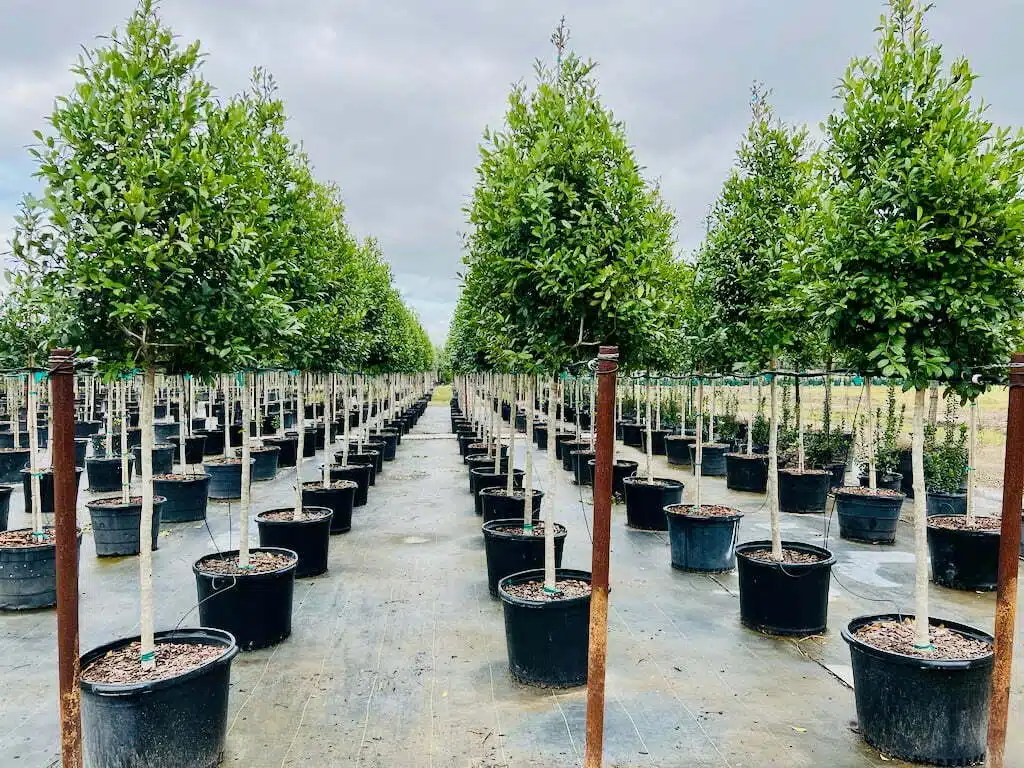
Today, East Texas trees continue to evoke wonder and reverence in both residents and visitors, acting as focal places for festivals, celebrations, and artistic expression. From the grand oaks that line country roads to the towering pines of the Piney Woods, each tree tells a narrative of perseverance and adaptability, capturing the continuing spirit of East Texas culture.
Exploring East Texas Tree Species
East Texas is a tree enthusiast’s paradise, with a varied range of tree species that flourish in its distinct climate and soil conditions. From the stately pines that dominate the landscape to the hardwoods that beautify its forests, each tree species adds to the region’s biological complexity and aesthetic appeal.
The pine is one of the most common tree species in East Texas, with variants such as loblolly, longleaf, and slash pine found throughout the Piney Woods region. These towering conifers provide rich timber resources and habitat for a wide range of wildlife species.Pine trees can be found throughout the Piney Woods region. These towering conifers provide rich timber resources and habitat for a wide range of wildlife species.
In addition to pines, East Texas is home to a diverse range of hardwood trees, including oaks, maples, and hickories. These hardwood species provide shade, beauty, and ecosystem services, increasing the natural beauty of the region while also giving significant resources to local residents.
Exploring East Texas’ numerous tree species is a wonderful experience for arborists and nature lovers alike, allowing them to appreciate the region’s woods’ riches and complexity.
Pine Trees: Icons of the Piney Woods
Pine trees are famous emblems of the Piney Woods region in East Texas, commanding wide stretches of forested territory with their towering presence and distinct traits. The most common pine species in this area are loblolly pine, longleaf pine, and slash pine, all of which contribute to the Piney Woods’ distinctive environment.
These towering conifers are known for their straight trunks, evergreen needles, and resinous wood, making them significant resources for lumber production and a variety of commercial uses. Aside from their economic importance, pine trees have critical ecological responsibilities by providing habitat for a variety of wildlife species, stabilizing soils, and contributing to nutrient cycling in forest ecosystems.
Pine trees have been crucial to the identity and livelihoods of communities in the Piney Woods region for decades, creating cultural traditions and instilling a strong connection to nature. Pine trees, as eternal symbols of tenacity and durability, continue to inspire awe and adoration in East Texas among arborists and environmental enthusiasts.
Oak Trees: Majestic Symbols of Strength
Oak trees stand as majestic emblems of power and tenacity in East Texas’ lush surroundings, inspiring awe for their towering stature and sturdy presence. The post oak, water oak, and southern red oak are three of the most revered oak species in the region, each expressing East Texas’ enduring vitality.
Oak trees, known for their strong, sturdy wood and expansive canopies, provide vital ecosystem services such as wildlife habitat, soil stabilization, and carbon sequestration. Their acorns provide essential food for a variety of wildlife species, contributing to the region’s great biodiversity. Beyond their ecological value, oak trees are culturally significant in East Texas communities, appearing prominently in folklore, art, and traditional customs. Oak trees, with their ageless beauty and tenacious persistence, inspire awe and admiration among arborists and nature enthusiasts, serving as enduring emblems of strength and life throughout East Texas.
Maple Trees: Splashes of Autumn Splendor
Maple trees stand out as stunning beacons of fall splendour in the brilliant tapestry of East Texas woodlands, gracing the landscape with vivid red, orange, and yellow hues. Sugar maple, red maple, and silver maple are three of the region’s most fascinating maple species, each contributing to the yearly spectacle that unfolds each fall.
Maple trees are regarded for their beautiful foliage, valuable timber, and ornamental value, making them popular additions to parks, gardens, and residential landscaping. Their vivid colours entice people from far and wide, beckoning them to experience nature’s stunning change.Aside from their aesthetic value, maple trees have essential ecological roles in East Texas ecosystems, providing home for wildlife, shade for understory plants, and promoting soil health through leaf litter decomposition. Maple trees, with their graceful forms and colorful colours, embody the beauty and magic of the autumn season, casting an enchanted spell over the East Texas countryside.
Cypress Trees: Guardians of Wetland Ecosystems
Cypress trees are steadfast guardians of the wetland ecosystems that dot the East Texas terrain, with their towering forms and unique adaptations making them essential components of these crucial habitats. The bald cypress is a notable cypress species in the region, distinguished by its gnarled trunk, knobby knees, and feathery foliage.
These landmark trees thrive in East Texas’ marshy, low-lying environments, where they help to regulate water levels, prevent soil erosion, and provide habitat for a wide variety of plant and animal species. Their large root systems serve as natural filters, cleaning and enhancing water quality in wetland areas.Aside from their ecological significance, cypress trees have cultural and aesthetic worth, eliciting awe and veneration among spectators with their ageless beauty and durability. As guardians of wetland ecosystems, cypress trees reflect nature’s delicate balance and the need to protect these vital environments for future generations.
Related Posts:
Care and Maintenance of East Texas Trees
Ensuring the health and vitality of East Texas trees necessitates careful care and maintenance measures to reduce stress and encourage optimal growth. Arborists play an important role in maintaining the region’s arboreal treasures through proactive management practices.
Regular pruning is necessary to preserve tree structure and remove dead or diseased branches that constitute a safety risk. Proper watering is essential, especially during dry periods, to replace soil moisture and promote root health.
Mulching at the base of trees aids in moisture retention, weed suppression, and soil temperature regulation, boosting overall tree vigour. Furthermore, using organic fertilizers in the spring gives vital minerals for growth and development.
Monitoring for pests and illnesses is critical, as early discovery allows for timely management to limit harm. Using integrated pest management measures like biological controls and cultural practices reduces the need for chemical treatments.
Arborists can preserve the longevity and resilience of East Texas trees by putting care and maintenance efforts first, preserving their beauty and ecological importance for future generations.
FAQS
Which are the most frequent trees in East Texas?
The most frequent trees in East Texas are pine, oak, maple, and cypress, each with their own traits and ecological roles.
How do you identify East Texas tree species?
In East Texas, trees are identified by studying important traits such as leaves, bark, cones (in conifers), and growth tendencies. Field guides and online tools can help with accurate identification.
How do you care for your East Texas trees?
Tree maintenance in East Texas includes regular watering, pruning, mulching, and pest/disease management. Consulting with certified arborists and adhering to optimal management methods is critical for tree health and longevity.
Is there an invasive tree species in East Texas?
Yes, exotic tree species like the Chinese tallow tree and Chinese privet pose serious challenges to East Texas ecosystems. Controlling and eradicating these alien species is crucial to conserving native biodiversity.
What role do trees play in the East Texas ecosystem?
Trees in East Texas habitats provide a variety of ecological advantages, including oxygen production, carbon sequestration, soil stabilization, water management, and wildlife habitat.
Conclusion
Finally, the most frequent trees in East Texas serve as enduring icons of the area’s natural beauty, ecological diversity, and cultural legacy. From the towering pines of the Piney Woods to the stately oaks that line the countryside, these trees perform critical roles in sculpting the environment and supporting various ecosystems.
As League City arborists, we must care for and preserve these arboreal gems, guaranteeing their health and vitality for future generations. We can protect the legacy of East Texas trees for future generations by applying appropriate management techniques, encouraging community engagement, and pushing for conservation activities. Let us continue to appreciate the beauty of East Texas trees, acknowledging their significant contributions to our lives, landscapes, and common heritage. Together, we can protect these natural beauties while also promoting stewardship, sustainability, and environmental sensitivity.
